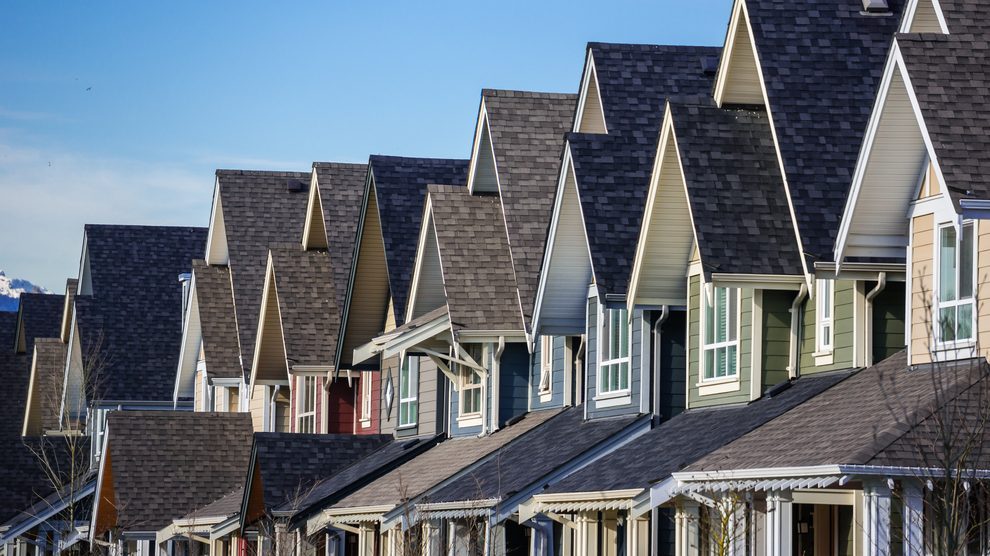COVID-19 Could Slow Demand for Apartments

While apartment leasing activity normally accelerates as warmer weather returns in the spring months, this year’s bump in demand could prove well below typical volumes.
Apartment owners and operators now may be facing a short-term demand drop compared to the leasing activity realized in the previous couple of years. With layoffs already being announced in select industries, the economic machine that fuels housing demand is losing momentum. Even those with secure employment face disruptions in their day-to-day routines when social distancing is being encouraged by health care experts.
The timing of the anticipated apartment demand decline is significant, as the nation’s leasing volume normally peaks during the second quarter of each year. The share of annual demand captured during April, May and June averaged 54% in 2018 through 2019.
RealPage is monitoring key data points such as website visits and call center inquiries to assess the impact of COVID-19 on all property types and will post this data to our website once the scale of change is material enough to make a more detailed forecast.
Expect Challenges in Luxury Properties
With fewer households looking to change their living arrangements, driving new deliveries through initial lease-up could be difficult. Rent discounting is likely to be widespread among properties building their initial resident bases. Use of concessions also could grow in the upscale existing projects that are vulnerable to losing residents to nearby new communities.
Developers are reporting that approximately 371,000 market-rate apartment units are scheduled to complete in 2020, a 50% boost from 2019’s new supply. Somewhat fewer units should actually come on stream, because of building delays. Supply chain disruptions could lead to shortages of construction materials, and it likely will be difficult to sustain full construction crew staffing.
Class B and C Property Outlooks Appear More Promising
RealPage anticipates that performances will hold up better in middle-market Class B properties and lower-end Class C communities than in the Class A space. There is danger that the economy could slip into recession, and job loss could trigger move-outs across the product spectrum. However, since vacancies in Class B and C product are so limited, moderate loss of momentum at those properties still would leave them essentially full. Furthermore, price discounting at Class A developments likely won’t create much move-up demand among renters of Class B product, since the difference in monthly rents for those two product lines is quite sizable in most locations.
Resident Retention Should Reach New Highs
Apartment renters already are exhibiting an increasing tendency to stay in place, rather than move, upon expiration of initial leases. Approximately 53% of all households chose to sign renewal leases as their initial leases expired during the past year. In times of uncertainty, as we’re experiencing now, the default action for many households is simply to do nothing, which could lead to a further increase in retention rates for properties in all classes.
Apartment Investment Appetite Remains Strong
The moderate cooling anticipated in apartment sector operational metrics should not hold back deployment of investment capital in the space. In fact, opinions expressed at last week’s sizable Pension Real Estate Association conference and other recent industry events suggest capital flows could increase. While investment returns anticipated for U.S. real estate are not ideal, they still exceed expected yields for other capital placement options.






